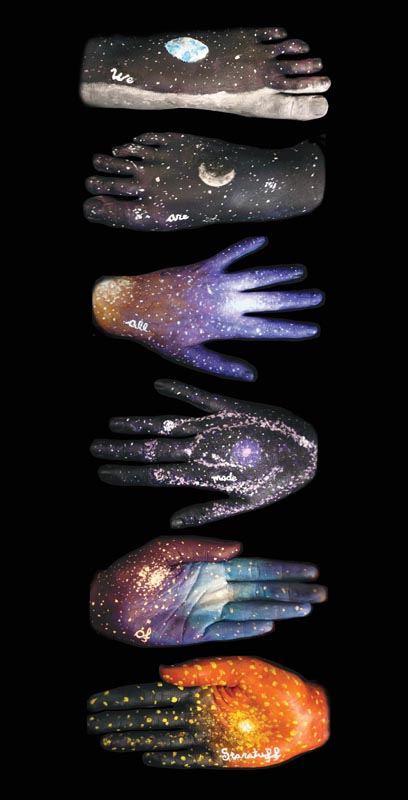Sticking Together: Diversity and Inclusion in Physics
Winter
2017
Feature
Sticking Together: Diversity and Inclusion in Physics
SPS National Staff

"Diversity and inclusion" are ideas that most people agree sound nice but few know how to actually make happen.
By that, we mean it's rare to find someone who says diversity is bad, but it's easy to find good-intentioned students, faculty, and staff who want a more diverse, inclusive environment and yet aren't taking steps to facilitate it.
And here's the thing: just wanting "diversity" isn't going to result in a more inclusive environment in your department or chapter. You do have to work for it. All of us, together—students (especially SPS members), teachers, and school administrators—need to collaborate. It’s not enough to just say we want diversity. We need to intentionally invite women and minorities into our chapter meetings and leadership, to end anti-LGBTQ policies on our campuses, and to ensure that people with physical and intellectual disabilities are accommodated and included.
In the following pages, you’ll read about a number of diversity-related issues in the physics community. There are stories about programs intended to increase participation in STEM fields by minority populations, actionable takeaways that you can implement on your campus or in your chapter to make it more welcoming, and reflections from trailblazers who are doing the hard work of making change.
Let's not kid ourselves. The physics community is not perfect and, like many communities, has a long way to go when it comes to inclusion. Among the many STEM fields, physics has some of the lowest rates of awarding degrees to people of African American, Latino/a, or Native American descent, with less than 10 percent of bachelor's degrees going to those groups. Less than 5 percent of physics faculty belong to one of these underrepresented groups. LGBT physics students and faculty report being harassed because of their identity, and many women still wonder if they belong in a field so dominated by men.
We can do better, not only because it's "the right thing to do," but because physics is a better science when it understands and appreciates diverse viewpoints. If we want the best science, we can't afford to exclude anyone.
Here's toward a more diverse and inclusive community. //
